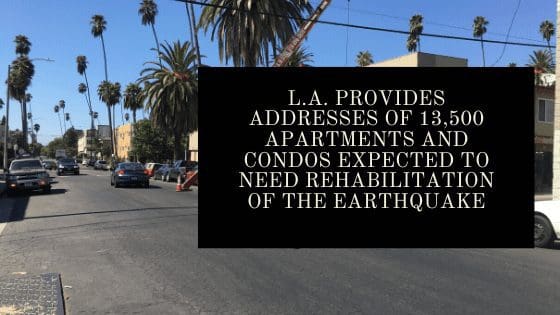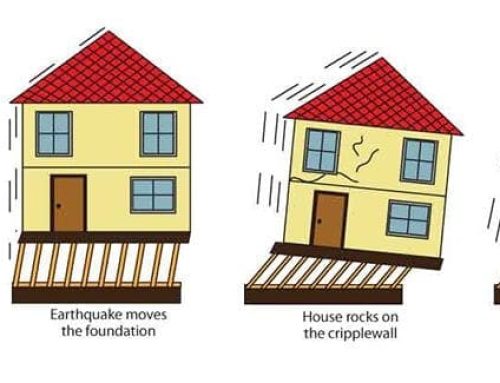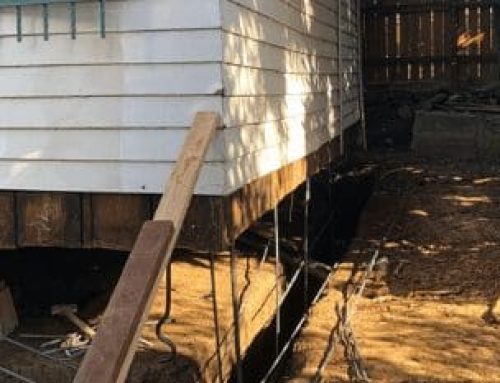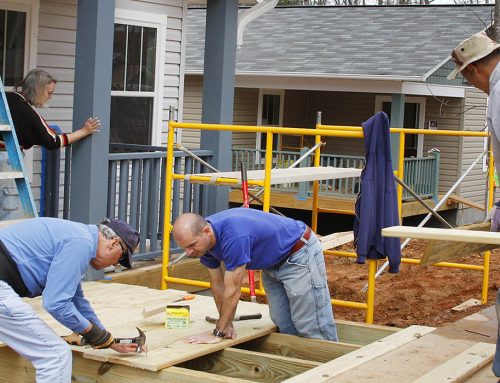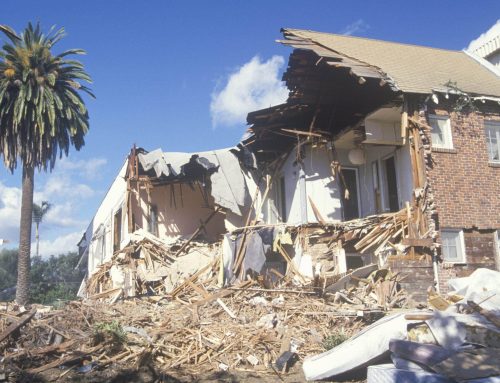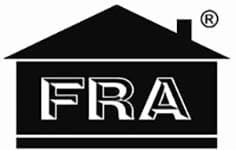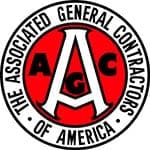The San Fernando Valley, Hollywood and Westside areas will experience the greatest impact of the new law in Los Angeles requiring the refurbishment of wood-frame apartment buildings to better withstand major earthquakes, according to the Times data analysis.
City inspectors spent about two years developing a list of 13,500 so-called Soft Story buildings that are likely to require seismic reinforcement. These apartments, which feature flimsy first floors that often serve as parking spaces, became common after World War II as Los Angeles expanded north to the valley and west to the ocean.
But they also proved prone to violent shaking. Buildings collapsed in the Loma Prieta in 1989 and the Northridge earthquake in 1994, including one apartment building where 16 people died.
Los Angeles building officials swept through tens of thousands of city records and walked block-to-block to identify these structures. The owners of each building have been informed, and a number of them have already begun the renovation process. Retrofits can cost as much as $130,000, which has given rise to concerns from owners and residents about the burden of rising rents and housing shortage.
Several property owners associations resisted the release of these details to the public, citing concerns that the list is not complete and that further review would reveal that some of the buildings may not need to be retrofitted.
Seismic safety experts, however, have said that this preliminary list marks a landmark in providing important safety information to the public on where they choose to live.
“This is the first critical step. Basically, you can’t fix the buildings if you don’t know the buildings need to be repaired, “said Dr. Lucy Jones, a seismologist who served as earthquake protection consultant to Mayor Eric Garcetti in 2014 and helped direct the city’s retrofit efforts to the law. “I think the process of creating these records is helping the city to get to grips with what is really needed to do this.” Renter Rights advocates also supported making the list of buildings public.
“Tenants should know how safe these apartments are if they rent an apartment,” said Larry Gross, Executive Director of the Coalition for Economic Survival.
Similarly, three decades ago, Los Angeles required the refurbishment of 8,000 unreinforced brick buildings that were at risk of collapse in a major earthquake. Such addresses were also made public, causing outrage from many property owners. Almost all the buildings have now been reinforced or demolished. No one died of brick-building damage in the Northridge quake.
Such brick buildings dominate the more historic parts of the city, including the city centre, and have been a common form of construction through the early 1930s. Soft Story apartments became common in the 1950s, 1960s, and 1970s— and are found in areas that underwent rapid development during that period.
Soft Story buildings still make up a significant part of the residential landscape in the Northridge area today. More than 3,200 buildings on the list— home to at least 75,000 units — are located in the San Fernando Valley, according to The Times ‘ review of the list collected through the California Public Records Act.
The study found at least 55 large buildings with a capacity of 100 or more units. More than half of them are in the Valley, west of the 405 motorway.
There are also many Soft Story buildings in Hollywood, Koreatown and some Westside areas like Palms, Mar Vista, West L.A. And that’s Venice. According to the analysis, more than half of the 13,500 buildings were in the Valley or the Westside.
Six blocks of Mentone Avenue in Palms, for example, have more than 90 addresses in the city’s inventory. Similar patterns have appeared in other surrounding suburban clusters.
“I was driving down Palms Blvd, and I was just blown away,” Jones said. “It’s just apartment after apartment.”
The Soft Story concept was celebrated as an inexpensive and efficient way to provide parking and multiple housing units on a relatively small site, said Alan Hess, an architect and historian who specializes in modern architecture in California.
Accommodating the population boom and the blooming car-centric culture, these buildings sprang up both in undeveloped areas of the city and in more suburban areas.
“They were definitely meant to be social housing with a lot of the facilities that people expected to come from California in the 1950s and 1960s. There are stairs, there are balconies, there’s access to the car— it’s essentially parking their car right under their building, “Hess said. “In that sense, they were well-designed for that reason. They served the need, and they were extremely popular with both tenants and builders, who could construct them fairly easily and cheaply. “Often known as” dingbats, “such buildings were considered sleek and are an iconic snapshot of a very special time in Los Angeles, Hess said. Many today are loved for their charming retro feel. The design died out in the 1970s and 1980s— replaced by taller multi-unit buildings that offered even more accommodation on a smaller piece of land.
“It wasn’t the knowledge of its seismic weakness that stopped the expansion of dingbats. It was more about the price of land, “Hess said. “You can see trends, especially in places like Palms. You’re going down the street, and there’s going to be these little bungalows, single houses from the’ 20s, and then next to it there’s going to be a row of dingbats, and clearly a bungalow has been torn down for the dingbat. And you’re moving a little further, and then you’re going to see, from the’ 70s or’ 80s, a multi-story apartment house on several pieces of property where a few dingbats were evidently torn down to build these bigger, denser housing units. You see the whole trend, the evolution of the apartment in Los Angeles. “The rehabilitation of the Soft Story buildings is necessary not only for safety reasons, the seismic experts said. Apartments are an important part of L.A.’s housing stock, so losing them after a quake would be catastrophic for a community trying to recover. Jones reported that the Northridge quake alone had destroyed some 49,000 apartment units, two-thirds of which were in Soft Story buildings.
Last month, building owners sent courtesy notices detailing the latest retrofit legislation: beginning in May, the formal order to comply will be sent on a rolling basis. The owners of the largest apartment buildings in the city, with 16 or more apartments, would receive the first round of orders. The next wave will include Soft Story buildings with three or more floors, followed by any remaining buildings on the list.
Owners have two years from the date of receipt of an enforcement order to either submit proof that the building does not need retrofitting or plans for retrofitting or demolition. The owners must receive their retrofit permits within 3.5 years of receipt of the order.
The entire retrofit must be completed within seven years of receipt of the order, officials said.
With the legislation now in effect, property owners ‘ associations held seminars to help owners navigate the retrofit process. Structural engineers put together webinars and FAQs, and last week the city held a “seismic retrofit resource fair” to answer questions about contractors and financing.
The question of how to fund these costly retrofits remains a major concern, said Jim Clarke, who represents the landowner group Apartment Assn. of Greater Los Angeles.
The law requires owners to bear retrofit costs that can range from $60,000 to $130,000—possibly even more for larger buildings. The city recently agreed to allow owners to transfer half of the cost to tenants through a rent increase of up to $38 more per month.
Lawmakers are also looking at other options for financial assistance— such as tax breaks and the repayment of a loan by property taxes.
Clarke called on lawmakers to aggressively continue their efforts to secure financial assistance, which is crucial to the renovation of these 13,500 buildings. Many of the owners are older “mom and pop” tenants who have spent their retirement in one home, stay in one of the apartments, rely on rent as income, and can not afford expensive retrofits, he said.
The passage of the legislation and the publication of the list are only the beginning, Clarke said. “It’s not over, guys. We need to focus on completing this task, and part of this is finding ways to pay for these projects.


